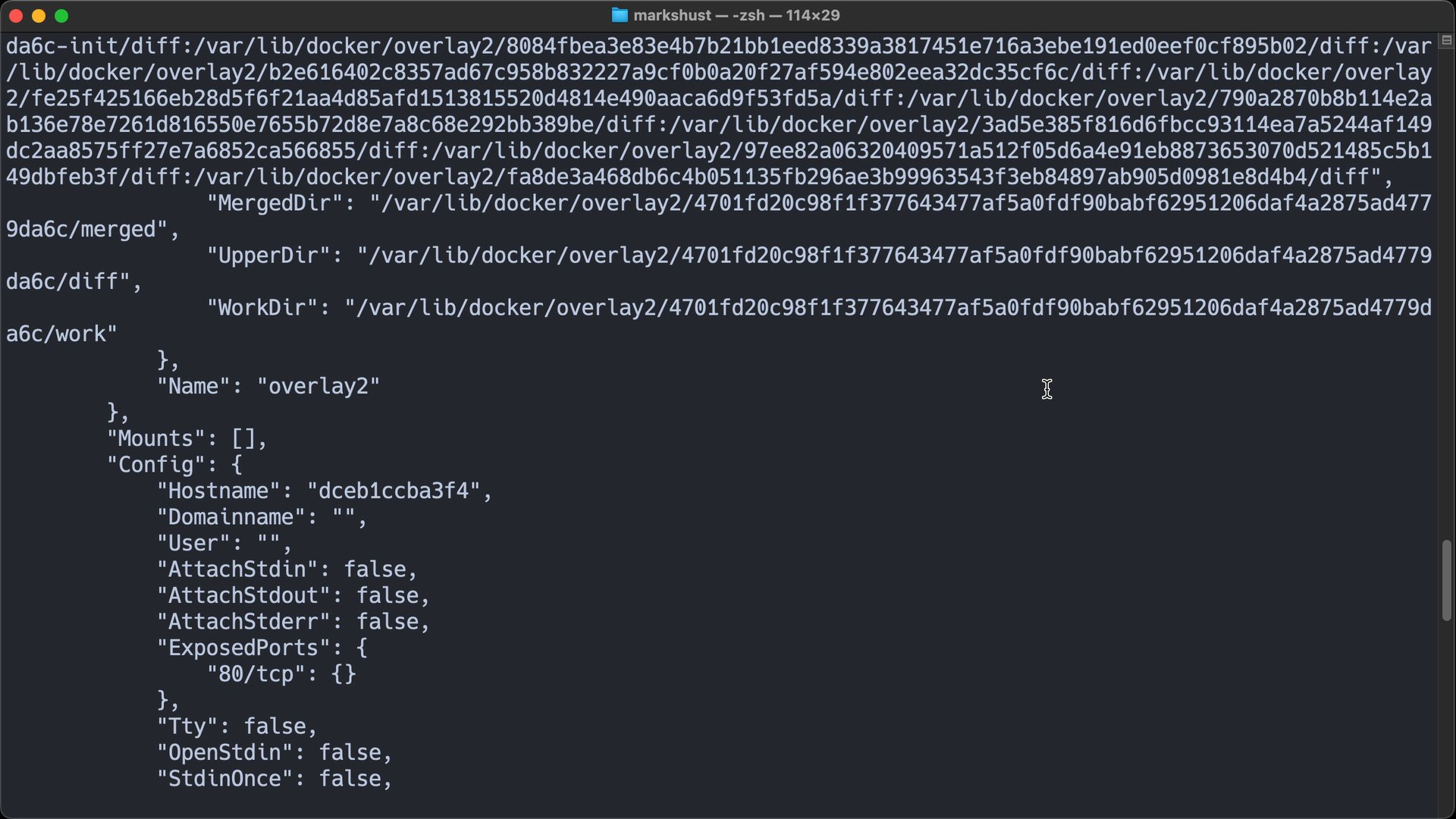Inspect container details in Docker
Let us learn how to find all of the details about Docker containers, from their current state, to their network settings and configuration.

Only available to enrolled or University students.
Join today to unlock hundreds of premium lessons.
Let us learn how to find all of the details about Docker containers, from their current state, to their network settings and configuration.
Log in to start chatting!
Ask me anything.
Ask me anything.
Faster responses, better understanding, and smarter conversations to help you learn.
Join the discussion!
Comments
Want to comment on this lesson?
Log in to leave comments.